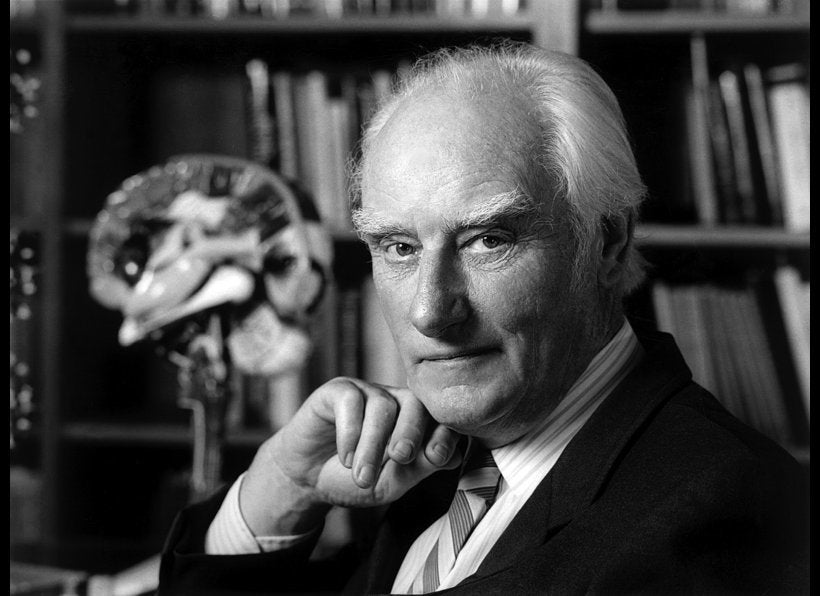
The number of Americans over the age of 65 who take at least three prescribed psychotropic drugs ― a category that includes opioids, antidepressants, antipsychotics and tranquilizers ― doubled over a recent nine-year period, according to new research from the University of Michigan.
What’s more, the rate tripled among seniors in rural America.
“The rise we saw in these data may reflect the increased willingness of seniors to seek help and accept medication for mental health conditions,” Dr. Donovan Maust, the study’s lead author and a geriatric psychiatrist at Michigan Medicine, said in a release. “But it’s also concerning because of the risks of combining these medications.”
For people with certain problems, like chronic pain or sleeplessness, these drugs are often necessary. But regularly taking a cocktail of several medications can be dangerous. There have been warnings, including from the Food and Drug Administration, about the risks of combining pain medications, anti-depressants and sleeping aids. Still, the number of seniors who say they do combine these drugs is on the rise.
Even on their own, many of these drugs affect the central nervous system and pose special risks to older adults who could fall or experience problems with driving, memory and thinking.
Drugs are being prescribed without a clear diagnosis
The team from the University of Michigan and the VA Ann Arbor Healthcare System analyzed data from a sample of doctors’ offices between 2004 and 2013.
In 2004, only 0.6 percent of doctor visits by people over the age of 65 involved three or more CNS-affecting drugs; the number jumped to 1.4 percent in 2013. If that percentage were applied to the entire U.S. post-65 population, it would mean 3.68 million doctor visits a year involving seniors taking three or more CNS drugs, up from about 1.5 million visits in 2004, according to a press release on the study.
Perhaps even more worrisome, almost half of seniors taking these drug combinations had not been formally diagnosed with a mental health condition, a pain condition or insomnia ― the three issues these medications are most often prescribed for. Patient-reported complaints appear to be enough to get these prescriptions.
“One of the big concerns to me is the amount of prescribing that occurs without a clear diagnosis,” Maust told The Huffington Post in an email.
“These patients don’t have the condition for which the medication was approved, but still suffer the side effects regardless,” he went on. “For example, if you are down (but don’t actually have Major Depression) and start an antidepressant, there is no evidence that the antidepressant will help your mood, but you could still experience nausea.”
It’s possible that a confluence of factors has led to the increase in prescriptions. On the bright side, the stigma once attached to mental illness has decreased.
“People are more open to using prescription medication for mental illness,” Maust said. “If people are more open to using psychotropic medication in general, then it’s not surprising people might end up on multiple medications.”
Rural America suffers the most
The especially high increase in drug combinations among people in rural areas may be partially due to lack of access to specialty care, Maust said ― meaning primary care doctors “resort to prescribing a lot since they don’t have other resources to offer.”
The country’s rural communities have fewer specialists, so medication tends to take the place of care. “Older adults in general are less likely [than younger adults] to see psychiatrists and access to psychiatrists is especially poor in rural areas,” Maust said, citing research that appeared in the journal Health Affairs last year.
Chronic pain in rural areas has historically been a larger problem than in urban communities. Rural residents report greater frequency and intensity of pain, and experience more pain-related disability and depression, than people with pain who live in urban areas. The disparities in health care between rural and urban areas are widely recognized, and people in rural areas often experience difficulties related to availability, accessibility and affordability of health services.
Meanwhile, painkiller prescriptions are up across the board, which some argue is a result of the U.S. health care system beginning to treat pain as the “fifth vital sign.”
What you can do about it
It would make sense for everyone ― especially older adults ― to discuss with their doctors each medication they’ve been prescribed, with an eye toward identifying drugs that could be reduced or stopped, Maust said.
Older adults are not immune to the dangers of abuse and addiction, he noted. For older people taking psychiatric drugs, there’s a case to be made that less is sometimes more.
The findings were published in the journal JAMA Internal Medicine.
